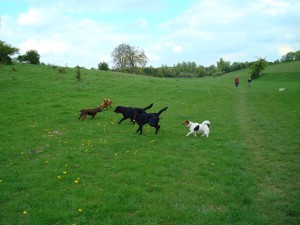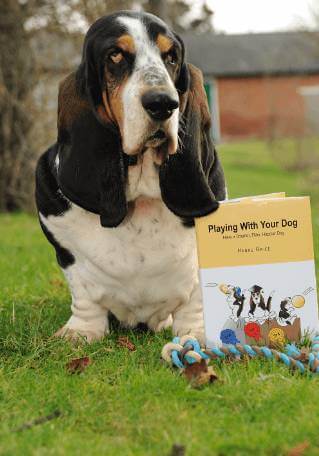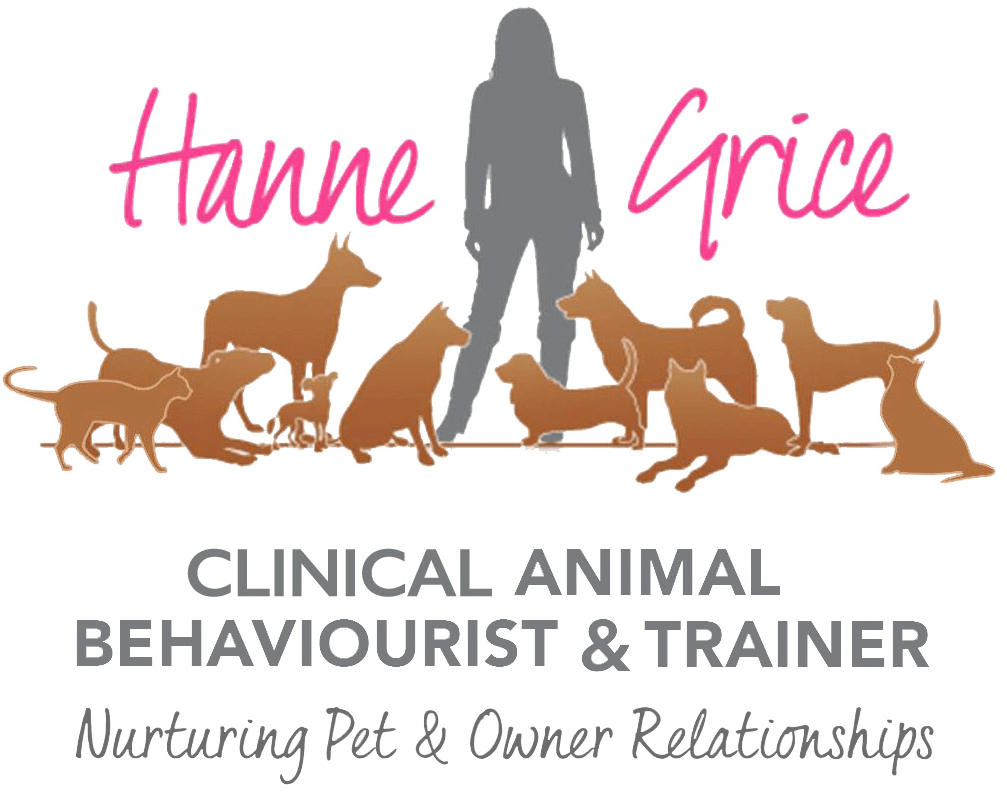Most people know I’m almost obsessive when it comes to how animals communicate, especially canine and feline body language. And I’m also hooked on human interactions and body language too; whether that’s understanding how a person recalls an incident by watching their representational systems, or being completely honest – useful when asking the other half how many pints he had at the local! Matching and mirroring of behaviour and body language plays a vital role in social interactions, facilitating understanding, bonding, and effective communication.
Consider if you have had to prepare for an interview; at some point, someone may have said to you that it’s important to ‘mirror’ the behaviour of the interviewer. For example, using the same language patterns or subtly crossing your leg in the same direction and so on to help build rapport. But these are conscious actions…


It was thought that empathetic behaviour was reserved for just humans and primates, like chimps and orangutans. It is empathy that enables us to laugh or smile instantly when chatting to a friend, involuntarily responding to and mimicking their facial expressions and movements. This mimicry can last less than a second and dogs do it too.
Researchers from the University of Pisa in Italy videoed 49 different dogs and their interactions with one another at a dog park. The team were looking out for ways in which the dogs interacted with one another including visual signals that dogs display when being playful, such as crouching down, bow posture, relaxed mouth and so on.
Over 50 hours of footage was gathered and analysed. Elisabetta Palagi, co-author of the study published in Royal Society Open Science said: “We demonstrated that rapid mimicry is present in dogs and it is an involuntary, automatic and split-second mirroring of other dogs.”
Upon reviewing the footage, the team discovered that not only did some dogs mimic each other’s facial expression and movements in a split-second, but those dogs that were more responsive also played together for longer. Furthermore, of the dogs that did know one another, the researchers found that they also mimicked the other dogs’ behaviours more than those who didn’t know one another. Palagi attributes this to dogs, like us, being more affected by their friends. An example of this can be seen in my photograph of Smithy and Mason, two black labradors that live together, meeting new dogs at the park. Notice how the boys’ bodies are in alignment with one another compared to those around them.
So matching and mirroring seem to be fundamental tools for dogs to establish social connections with their fellow canines and human companions. By imitating each other’s movements, postures, and behaviours, dogs create a sense of familiarity, trust, and rapport. This synchrony in body language enhances mutual understanding and empathy between individuals, fostering positive social interactions.
Dogs communicate all the time using visual, olfactory and vocal cues; they are masters at reading other dog’s body language as well as our own. Matching and mirroring forms an integral part of this non-verbal language. When dogs mirror each other’s body language, such as tail wagging, head tilting, or play bowing, they are conveying specific messages. This synchronized behaviour indicates a desire for cooperation, playfulness, or a display of submission, depending on the context. Through this mirroring, dogs can convey their intentions and emotions without the need for vocalisations. But do they really understand another dog’s thought-processes? Dog expert Dr John Bradshaw questions this: “…they [dogs] love to play, so quickly learn that imitating the actions of their play-partner means that the game goes on for longer. But science is yet to reveal if dogs do understand other dogs’ emotions.”
However, we do know dogs are able to respond to human emotions such as copying a yawn or crying, suggesting they show some basic aspects of empathy. Therefore, by mirroring emotional states, we can argue that dogs demonstrate empathy and support, reflecting the emotions of those around them. This emotional synchronisation aids in forming deeper bonds and a stronger sense of companionship. Click here to read the published study.
So what does this mean for us dog owners?
Matching and mirroring also play a crucial role in dog training and learning processes. Dogs are highly attentive to human behaviour and often mimic their owners’ actions. This mirroring behaviour may, therefore, help dogs understand and interpret instructions more effectively. For instance, if a dog owner demonstrates a specific behaviour during training, the dog is more likely to imitate and learn from that behaviour – consider training methods that employ such tactics as Do As I Do, developed by Claudia Fugazza at Eötvös Loránd University. This process enhances the dog’s ability to comprehend verbal/visual or tactile cues and increases the likelihood of more efficient training outcomes.
Such studies highlight the importance of observing our pets in varied contexts; we can then get a good understanding of what’s ‘normal’ behaviour and what’s not. Learning to the read the subtle differences in our dog’s facial expression, body posture and movement when Fido is interacting with another can make all the difference in avoiding possible escalations – and – helps create a better bond between dog and owner.
References:
- Rooney, N. J., & Bradshaw, J. W. S. (2002). An experimental study of the effects of play upon the dog–human relationship. Applied Animal Behaviour Science, 75(2), 161-176.
- Pongrácz, P., Molnár, C., Miklósi, Á., & Csányi, V. (2005). Human listeners are able to classify dog (Canis familiaris) barks recorded in different situations. Journal of Comparative Psychology, 119(2), 136-144.
- Müller, C. A., Schmitt, K., Barber, A. L., & Huber, L. (2015). Dogs can discriminate emotional expressions of human faces. Current Biology, 25(5), 601-605.
- Udell, M. A., Dorey, N. R., & Wynne, C. D. L. (2011). Wolves outperform dogs in following human social cues. Animal Behaviour, 81(6), 1177-1186.
Learn more about our classes

Get Hanne's book, clothing and more
Hanne has a number of publications including her book Playing With Your Dog to help owners work out the games that are best suited for their pet to play throughout his life, from puppyhood to old age, available from Amazon. Check out Hanne's range of contemporary casuals The Collection – for pet lovers made from recyclable, organic materials that are sustainably sourced.

